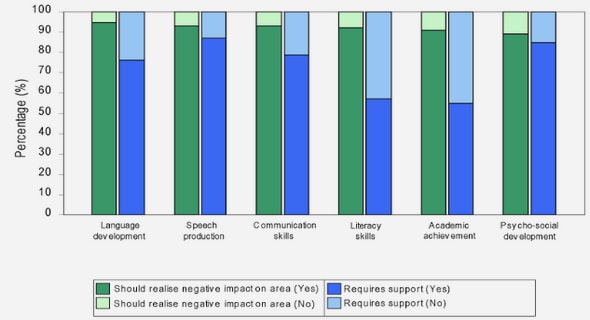(Downloads - 0)
For more info about our services contact : help@bestpfe.com
Table of contents
CHAPTER ONE
1.1 Introduction and background
1.2 Research question
1.3 Research aims
1.4 Objectives
1.5 Methodology
1.5.1 Interviews
1.5.2 Observation
1.5.3 Literature
1.5.4 Pre- test
1.5.5 Research assistants
1.5.6 Data analysis
1.5.7 Assumptions
1.5.8 Limitations
1.6 Organization of the thesis
CHAPTER TWO
2.1 Country profile
2.1.1Location
2.1.2 Climate
2.1.3. Administrative divisions
2.2 Water resources
2.3 Water management in Ghana
2.3.1 Ghana Water Company
2.4 Water and health in Ghana
2.5 The wind of privatisation
2.6 Challenges
CHAPTER THREE
3.1 Location and size of the study area
3.2 History
3.3 Economy
3.4 Administrative
3.5 Land / property ownership
3.6 Housing
3.7 Informal settlement
3.8 Migration and urbanization
3.9 Activities of Peri- urban and its influence on the city.
3.10 Income and poverty levels
3.11 Education levels
CHAPTER FOUR
4.1 The concept of safe adequate drinking water in the study area.
4.2 Water quality
4.3 Water supply and sources of water
4.3.1 Ghana Water Company- Kumasi
4.3.2 Bore holes and wells
4.3.3 Rain harvest
4.3.4 Streams
4.3.5 Water vending
4.5 Sanitation
4.6 Water, sanitation and health in the study area
CHAPTER FIVE
5. Results and responses
5.1 Socio-Demographic information
5.2 Responses on the various sources of water
5.3 Attitudes about existing drinking water sources
5.4 Rating of the water managers in the city
5.5 What are the possible reasons why water is not being managed to fully serve the city
5.6 Knowledge of community participation in water management
5.7 Preference and willingness of the community to participate in water management
CHAPTER SIX
6. State of the art
6.1 Community participation
6.2 The concept of community participation
6.3 The concept of community participation and sanitation programme in rural Ghana
6.3.1 Institutional structures
6.4 Selected cases of community participation on water management
CHAPTER SEVEN
7.1 Water and health
7.2 Knowledge of community participation in water management
7.3 Willingness of the community to participation in managing water
7.4 Hygienic living condition
7.5 Community participation verses privatization
7.6 Challenges
7.7 The way forward
7.7.1 Identification of stakeholders
7.7.2 Fiscal backing
7.7.3 Clearly defined roles of the community
7.7.4 Private sector
7.7.5 Municipal government
7.7.6 Traditional leaders
7.7.7 Possible roles of the community
7.8 Nongovernmental organizations
7.9 Conclusions
References
Appendices


